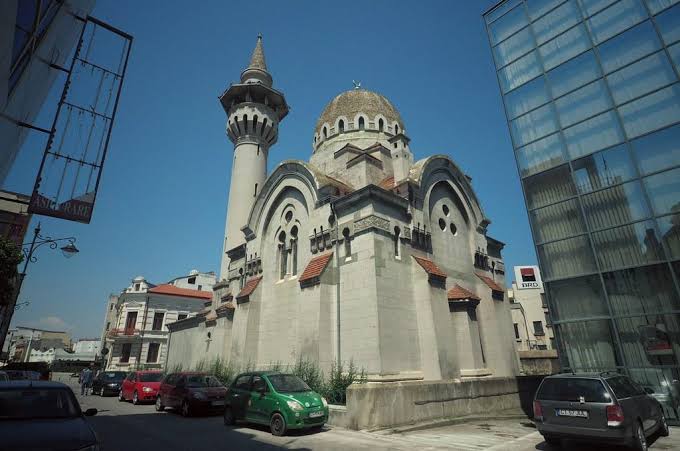Romania’s Muslim: Upholding Harmony Amid Contemporary Challenges
Romania’s Muslim community thrives in peaceful coexistence, with deep historical roots in Dobruja
By Abdullahi Yusuf
In recent years, Romania’s Muslim community has grown quietly but steadily, with Bucharest now hosting a vibrant population of around 10,000 Muslims, including foreign nationals and converts.
Despite broader European tensions, Romanian Muslims have largely escaped the Islamophobia prevalent in neighboring countries, such as Hungary and Poland.
This sense of coexistence has deep historical roots, particularly in Dobruja, a southeastern region where the Danube meets the Black Sea.
The Grand Mosque of Constanta, built in 1910 by King Carol I, remains a symbol of gratitude to the Muslim community, reflecting a legacy of mutual respect.
Its grand minaret and exquisite Persian carpet are testaments to the lasting influence of the Ottoman period.
Dobruja became part of Romania in 1878, after the Ottoman Empire’s defeat, bringing a unique cultural blend.
While some Muslims migrated to Turkey, many stayed, forming a diverse population that now includes ethnic Turks, Tatars, and Muslim Roma.
The Turkic-speaking Turks and Tatars have intermarried extensively, yet Tatars work to preserve their distinct identity, celebrating their Crimean roots at the Tatar Community Center in Constanta.
The community has weathered political and social shifts, including the communist era, when religious practices were discouraged but not repressed as harshly as in other Eastern Bloc nations.
Today, efforts to sustain Islamic traditions continue, even as rural poverty and migration have reshaped some areas.
In Bucharest, the Carol-Hunchiar Mosque remains a hub for the city’s growing Muslim population.
The Mangalia mosque in Constanța county in Romania is considered one of the oldest and most significant mosques in Romania, though there may be an even older one further north.
Just north of Constanta lies Babadeg, where Romania’s oldest Muslim monument, a 13th-century tomb dedicated to the Muslim holy man Sari Saltik, can be found.
The town also features original Ottoman houses, a Muslim-era fountain, and a historic mosque.
Despite the historical richness, much of Romania’s Muslim heritage remains hidden and underexplored.
Across Dobruja, mosques and community centers work to keep Islamic culture alive, despite the challenges of modernization and migration.
Romanian Muslims have also played vital roles in the nation’s history, from military service during World War I to political representation.
In 2017, Sevil Shhaideh, a Muslim Tatar, was nominated for prime minister, a sign of the community’s integration into Romanian society.
While occasional challenges arise, such as the resistance to a proposed Turkish-funded mosque in Bucharest, Romanian Muslims continue to exemplify a legacy of peaceful coexistence, rooted in shared history and mutual respect.




